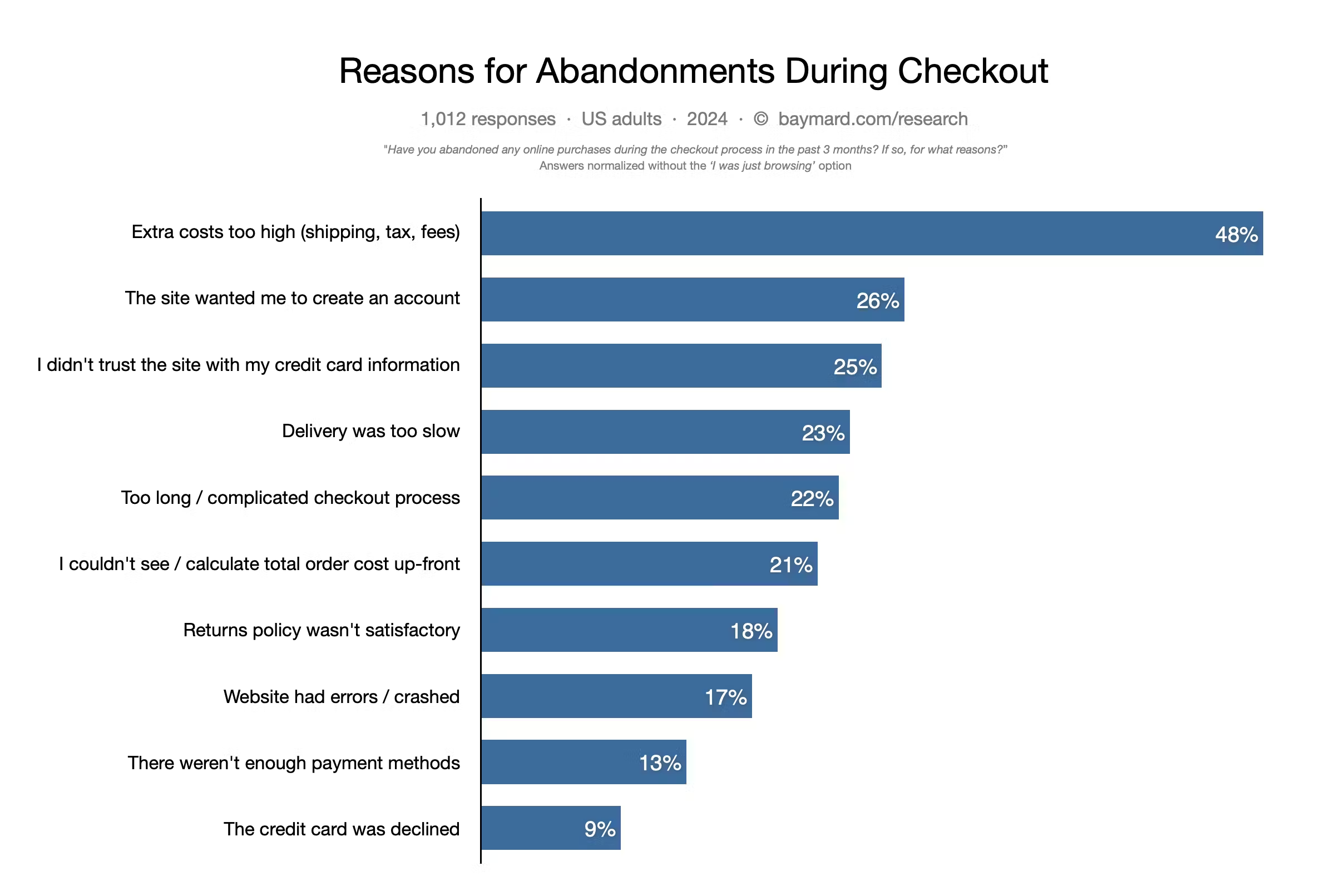The Future of E-commerce UX: 5 Essential Consumer Trends Reshaping Online Experiences
Today’s digital designs for e-commerce websites go beyond just building a homepage with amazing, cutting-edge functionality.
These websites’ designs should strive to provide consumers with more functionality as their likes and preferences change over time. Businesses in the e-commerce sector should be aware that offering their clients a more sophisticated and superior user experience (UX) will help them grow. One method that online shopping sites can increase traffic and capitalize on the rapidly growing popularity of e-commerce is by designing with the user experience in mind.
How Trends in UX Improvement Became Significant in E-Commerce
The majority of e-commerce technologies credit mobile evolution for their sharp increase in usage. This suggests that the markets for mobile apps play a major role in the growth of E-Commerce websites and applications. Online retailers came to understand how important it is to take into account the visitor behaviors on their websites when creating an online buying experience. This led them to hire web developers who can design websites that provide users enormous chances to get reasonably priced goods, coupons, discounts, and deals. These web developers work to enhance user experiences, which includes enhancing the functionality and performance of e-commerce websites.
Key Trends in UX Enhancements for E-Commerce
Easy and smooth user accessibility is the ideal option for online retailers to satisfy their customers’ ever-increasing and ever-changing expectations. Their mission is to understand that customers find it entertaining when buying sites look more dynamic and imaginative. The ensuing trends in UX enhancements elevate user experiences.
Based on my recent research, there are five main ways that businesses are using crowdsourced content to improve user experiences.
1. Reviews, on a personal basis
Consumer opinions are nothing new. Personal recommendations had a significant influence on people’s decisions even before the internet. We no longer need to rely on people thanks to the internet revolution. We are able to peruse reviews from hundreds of clients worldwide. This tactic has been employed by entire companies, such as Airbnb, to market their goods.
Just consider your online purchasing habits: will you accept anything less than a 4-star rating on Amazon?
Brands are paying more attention to the smaller aspects now that reviews are seen to be on the line. Customers can fine-tune their ratings to those from customer profiles that most closely resemble their own because they are gathering more data than ever before.
For instance, what if a user wants to know if makeup will suit their skin type and hue well after thirty years of age? This kind of review detail will assist customers in making an informed decision about the things they wish to purchase.

2. Consumer-user-generated content
Additionally, brands are not stopping at content reviews. They’re coming up with a ton of creative ways to include user-generated content on their product pages. Because we are social animals, we have learned to trust the members of our “tribe,” or our circle of friends. When we take strangers to be like-minded people, even their comments have the power to influence us. When you shop at Sephora, you can easily accommodate other consumers in our tribes since they are flexible.
Users can ask any question they may have to the active online purchasing public on their website. Alternately, decide to assist those shoppers in need. Of course, if you need assistance, you may still reach official Customer Service by clicking here.

Encouraging customers to interact with one another and giving them the tools to do so makes sense because these tribal recommendations have the potential to be effective drivers of higher customer conversion.
While some firms are adopting a more comprehensive strategy, our chat system concentrates on extremely specific demands. longer form material with actual people narrating their own experiences. An excellent illustration of this is Glossier, where users share their individual beauty routines with an emphasis on how Glossier’s products fit into them.

3. Consumer-Content Captured by the User
Finally, companies are simply not using written material. Instagram crowdsourcing for photography is becoming more and more popular. These platforms are being used by several athletic and athleisure businesses to showcase their products on the bodies of “everyday athletes” such as yourself and me. Wild products, right where they belong. A big cry from the staged setting of the photo studio.

This social proof not only provides a persuasive push in the direction of a sale for prospective buyers, but it also gives current customers a way to get involved and support the companies they love. The prospect of having your photos appear on the website of a large corporation is exciting. An ingenious hook that entices users to return to the website even when they aren’t interested in purchasing
4. Pays attention to the details
Customers try items on, open pockets, unzip zippers, and press buttons when shopping on the high street. Customers that shop online are limited to the images that your brand chooses to publish. When making decisions, people rely on visual information. They cannot see it if you are not displaying it. Post images that draw attention to the details. Present different perspectives. Draw attention to particular aspects. Give customers a detailed rundown of possible uses for the product.

5. Use content created by users
A lot of consumers favor user-generated photos rather than the staged, commercial shots that companies create. Similar to user-generated evaluations, they are regarded as a more reliable and realistic source of information.
Conclusion
In conclusion, the future of e-commerce UX is defined by five pivotal consumer trends. As digital channels keep growing, prioritization going towards lively and attractive designs and notably perfect usability slowly becomes mandatory. Including human reviews with an emphasis on authentic user-generated content will help build trust and engagement and giving great attention to detail in product output will increase the relevance of communication. While consumer-oriented and always shot with specific consumer preferences, user accessibility remains key and leads to the development of an interface with responsive and intuitive solutions. Utilizing such shifts in trends, the businesses will gain a foothold influence and become a brand of choice for customers looking for top products and services. If you are looking for high quality web or app development services feel free to drop us a message



